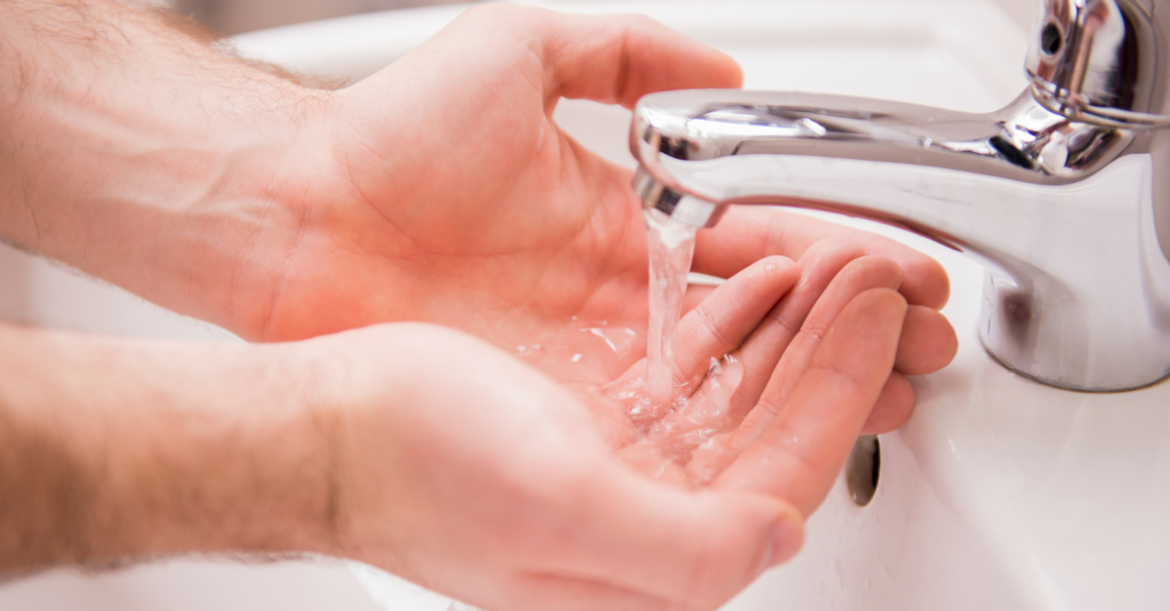In lieu of National Water Monitoring Day last week, it’s time to learn how you, your friends, and your family can easily find ways to conserve more water in your household!
1. Don’t leave water running! It’s not going anywhere.
Washing your hands and brushing your teeth are everyday tasks, done multiple times a day, by most people, which require water usage. Try making those everyday tasks water friendly by turning the off the faucet while brushing or lathering up. There’s no need to leave water running when it’s not being used.
2. Shorter showers.
Here’s a no brainer. 45 minutes is too long to leave the water running whether you’re shaving your legs or not! Try turning off the showerhead when shaving, lathering up, or singing into your shampoo bottle in the morning. (You know you do it.)
3. Keep a jug of cold water in the fridge.
Instead of leaving the faucet running and waiting for the water to reach the perfect chilled temperature, try filling a B.P.A. free water jug/bottle and leaving it in your fridge, refilling it every time you drink a cup. This will cut down on unneeded water running and will eliminate the need to buy prepackaged water bottles, which will cut down on waste too!
4. Only water your lawn when necessary.
California is currently going through a drought and business and homeowners are resulting in spray-painting their lawns in order to get that picture perfect green lawn.
(Seriously, read more about this: http://www.sacbee.com/2014/08/22/6648397/lawn-painters-bring-the-green.html).
What they don’t mention is the harsh chemicals and pollutants contained in the paint and the harmful effects it can have on animals, children and others exposed to the paint! Instead, avoid watering your lawn as often. When your car needs washed, try pulling your car onto your lawn to wash it. Use an eco-friendly soap and voilà! A clean car and a green lawn all in one, all while saving water!
5. Lower Your Flush.
You don’t have to invest in a new, fancy toilet to lower the amount of water your toilet is flushing. Instead try doing this. Fill a plastic bottle a ¼ of the way full with sand, pebbles, or rocks. Place the bottle in the tank of your toilet. The bottle will stay put with the sand and will displace some of the water used for each flush. If that doesn’t work, hey, splurge on a low flush toilet for your home.
6. Install a water butt on your drainpipe (don’t worry they don’t twerk).
A water butt, otherwise known as a rainwater tank, collects precipitation. After a big rainfall, try using that collected water for watering plants, washing your car, or cleaning outside furniture!
7. Fill Up The Washer.
Try waiting until your washing machine and/or dishwasher is completely full until running it. Washing small loads of clothes or dishes wastes a ton of water! And, let’s face it…you wore that favorite t-shirt 3 times this week. Let’s wait until next week to wear it again.
8. Re-use water.
Are you triple washing your vegetables and fruits before eating them? Great! Just make sure to save the water in a bowl. Using that water to water your garden/lawn can cut down tremendously on water waste! You can do the same thing when showering or with the extra water in water bottles.
9. Do an A.C. Unit Check.
Often, A.C. units can produce up to gallons of water per day! Check you’re A.C. unit to make sure it’s not producing an unnecessary amount of water. If it is, you might need to get it checked. If your unit is producing a large amount of condensation, collect the water and use it for various things around the house and yard.
10. Check pumps and leaky faucets at home.
Did you know that a constant dripping faucet can waste up to 15 liters of water a day, or 5,500 liters of water a year? Regularly checking pipes, toilets and faucets can prevent this.
Try this experiment:
1. Make sure the flush handle isn’t running.
2. Drip several drops of an eco-friendly food coloring into the tank of your toilet (try making your own: http://fromscratchclub.com/2011/12/13/from-scratch-holidays-diy-natural-food-coloring/).
3. Wait 30 minutes and make sure no one uses the toilet.
4. Check the toilet bowl after 30 minutes for dye marks. If there’s none you’re good to go! If you do notice dye marks it might be beneficial to call your local plumber.
 Food
Food Farmers
Farmers Sustainable Living
Sustainable Living Living Planet
Living Planet News
News